Special for The Aspen Times.
Here in Shimukappu, Aspen’s Sister City in Hokkaido, Japan, my classroom schedule was greatly diminished after the summer break, as English class got bumped for the annual gakkousai (school festival) preparations. Unlike Aspen’s array of parent nights, art shows, science fairs, band recitals, school plays, and forensics competitions, Shimukappu rolls them all into a Saturday morning in September.
For the last month, the students were busy assembling their art portfolios, making videos, ironing out the glitches in video games they programmed, writing and rehearsing plays, and putting together PowerPoint presentations to accompany their lectures. Given that the chuugakkou (middle school) has only nine students between three grades, everyone had a front-and-center role, even those who are normally reserved, and all of them rose to the occasion.
After an introductory hype video, the show transitioned into a series of research presentations. Fortunately for me, all the students had visual-rich slides, which allowed me to follow along. I found Mitsuhiro Date’s lecture to be the most interesting, as it delved into ways to increase and diversify Shimukappu’s tourism industry and explored how the town could attract new residents. He analyzed other communities’ successes and addressed stumbling blocks ranging from potential inter-business competition to employee and retail space shortages. He then suggested several business proposals, the best of which I think was establishing a new campground at the base of the community ski hill just outside town to replace the long-shuttered and relatively remote Niniu campground.
On the art side of the program, while all of the students had stunning pieces in a variety of mediums displayed, what captured my attention the most was Keita Mori’s acrylic mural of a pixelated satellite image of Hokkaido. Covering a canvas nearly 25 square feet, with pixels of approximately 3/8th’s of an inch, from across the gymnasium, I initially took it to be a photo. Up close, it was a wonder to consider the patience required to carefully fill in each of the thousands of squares, not to mention the challenge of mixing and maintaining a consistent palette.
The morning concluded with the ninth-grade class playing a satire of student life that entailed some of the teachers being given a good-natured ribbing. Honoka Nakamoto’s portrayal of Kamiya sensei, the English teacher, was in my opinion the most noteworthy of these. She captured his mannerisms perfectly and had the crowd rolling. My one disappointment of the morning was that I was among the staff members that was not lampooned. As the skit went on, I found myself eagerly anticipating how I would be roasted, but alas, it never came …
Since arriving in Shimukappu, I would be lying if I said I had not found myself at times wondering if the students in this little hamlet might have a better academic experience in larger schools with more classmates to interact with and with more extracurricular activities to participate in. But after the show, when I asked community members what their school festivals had been like, most of them (even those who grew up in Shimukappu in decades past), had very few recollections of the shows. Because they had dozens of classmates, if they had any roles, they were insignificant. This got me thinking that maybe rather than worrying about what opportunities the young people here are missing out on, I just need to put a little Aspen spin on my perspective and appreciate what incredible advantages such a “boutique” educational experience offers the students.
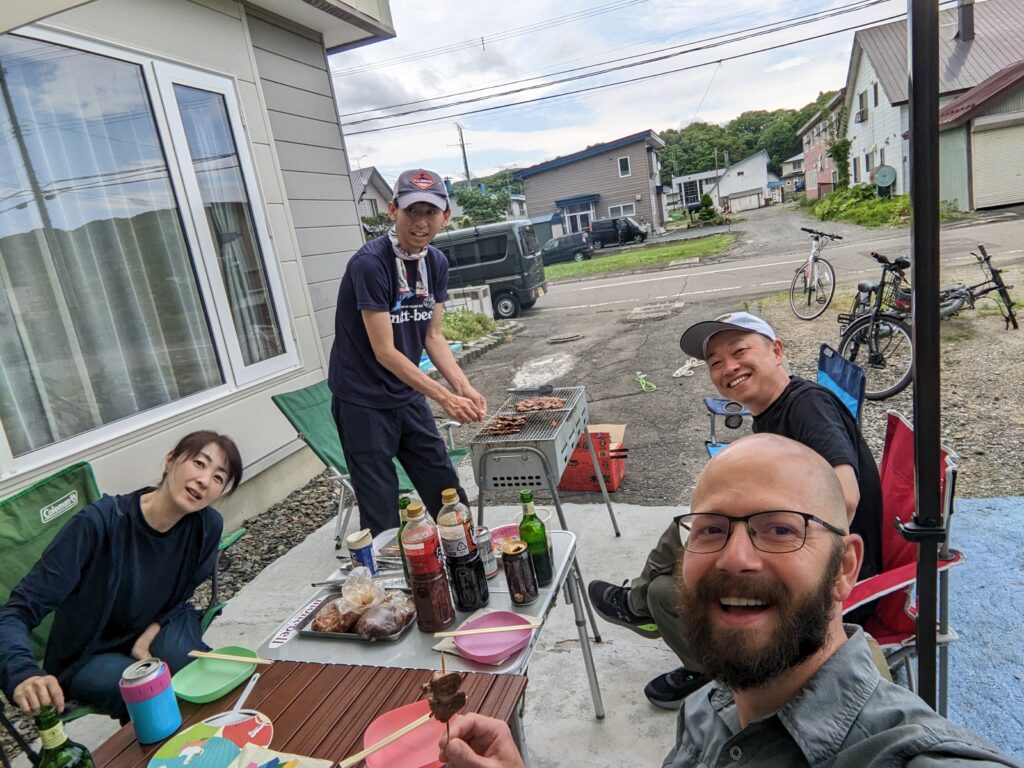


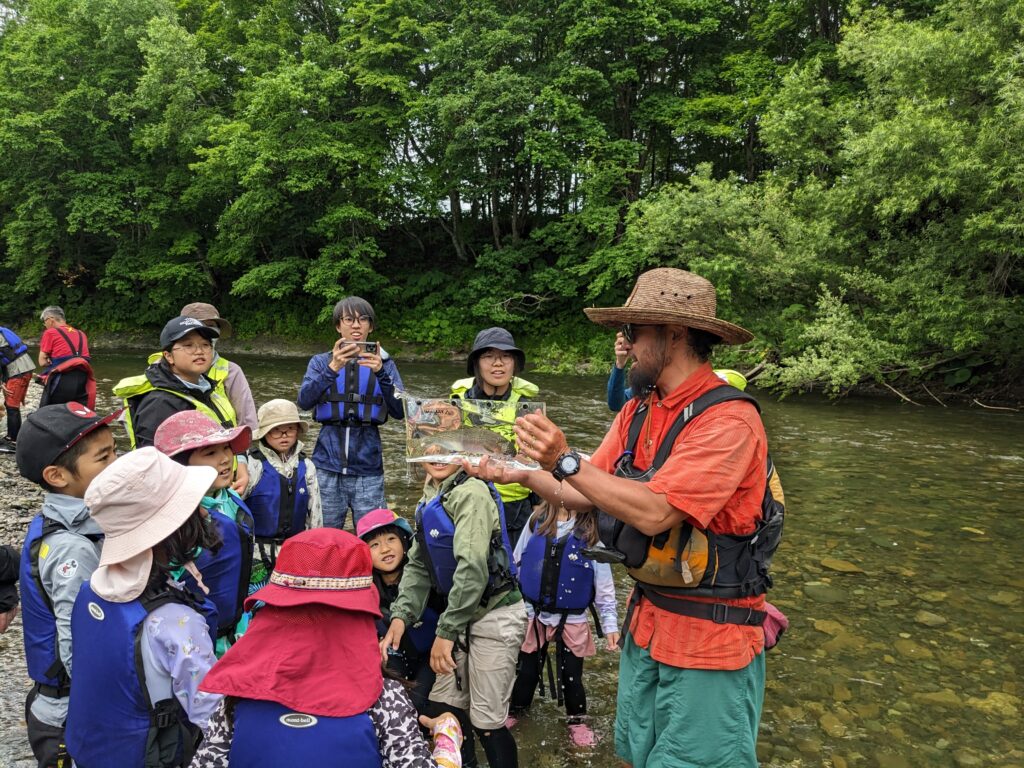
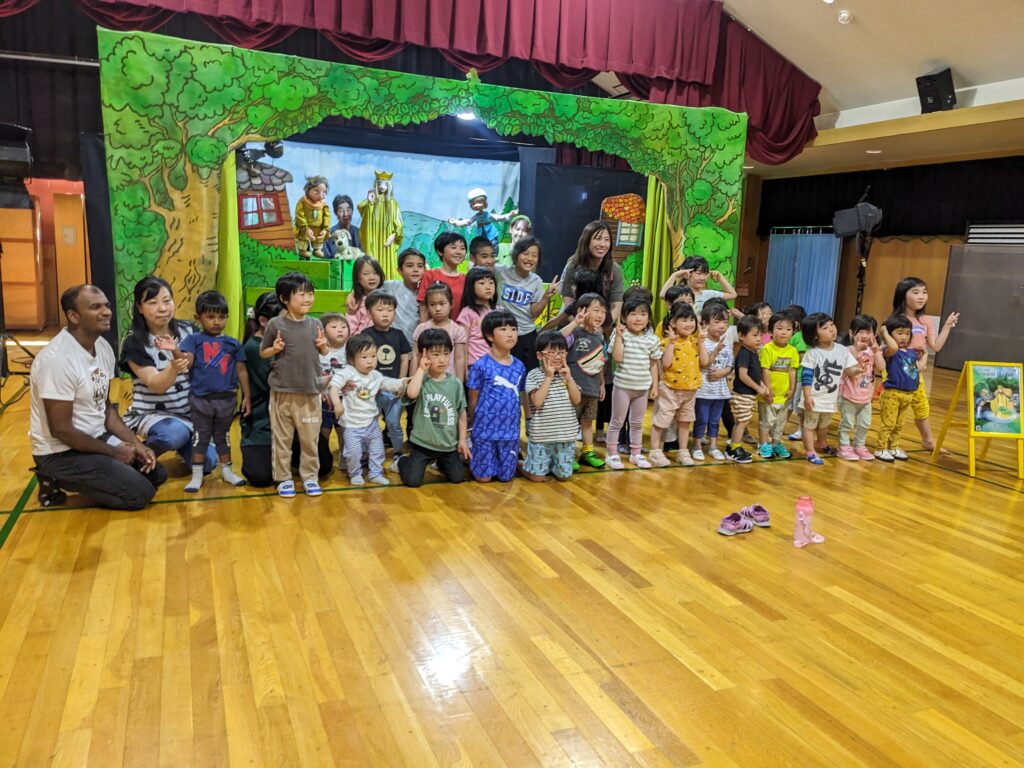
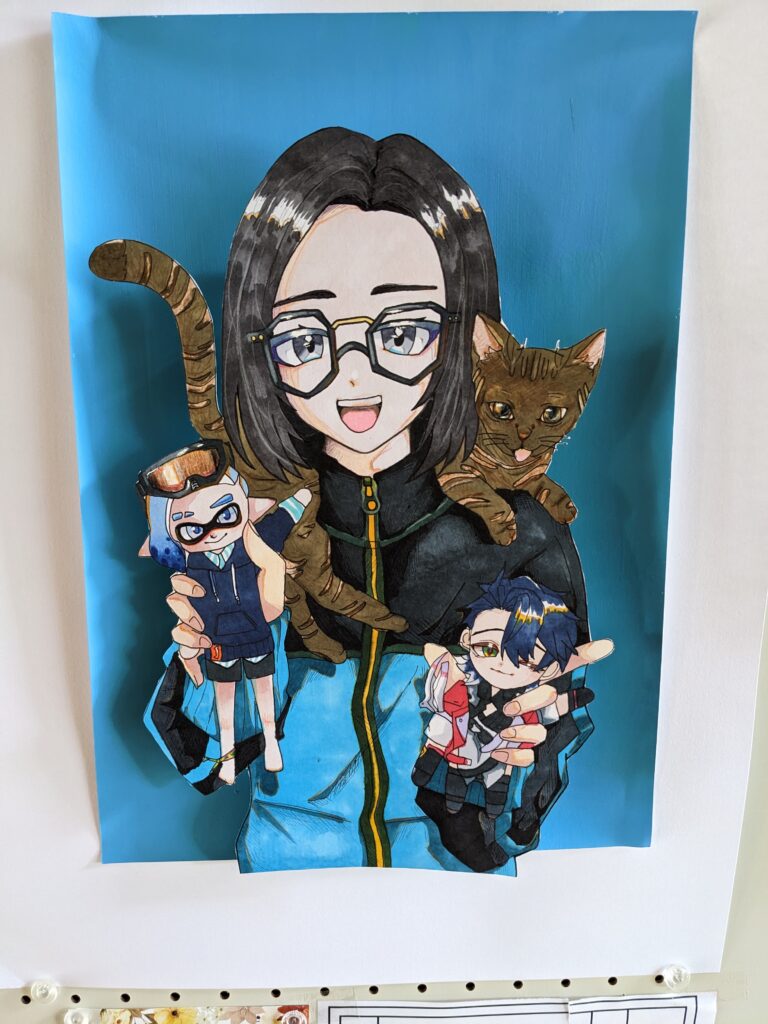
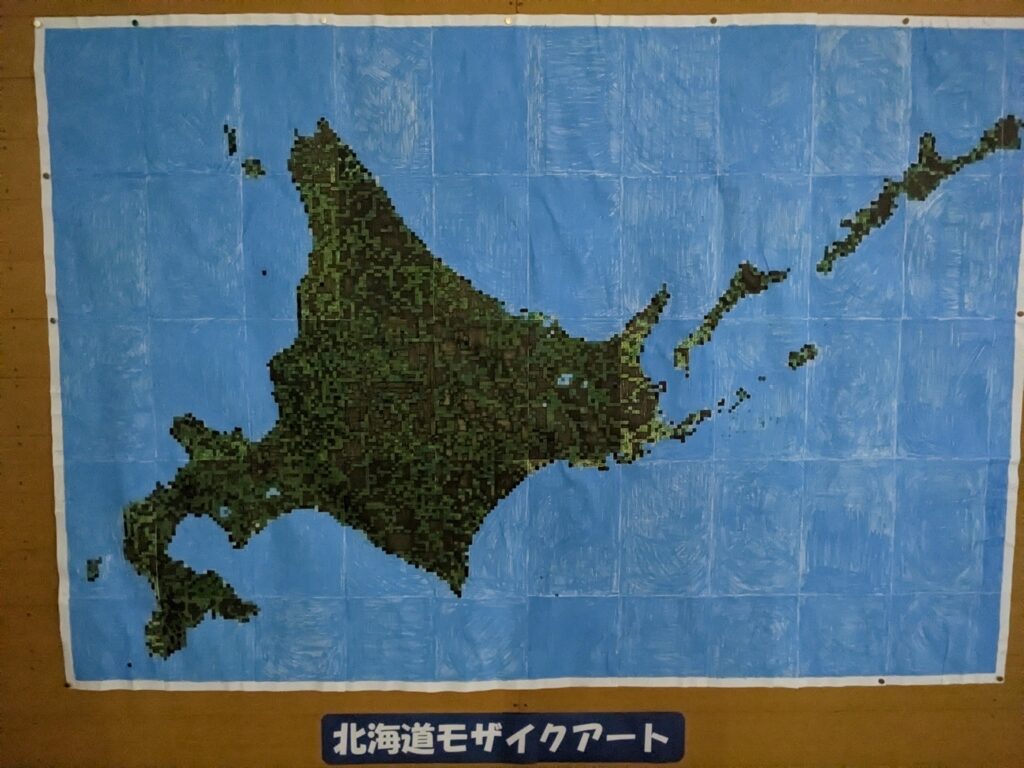
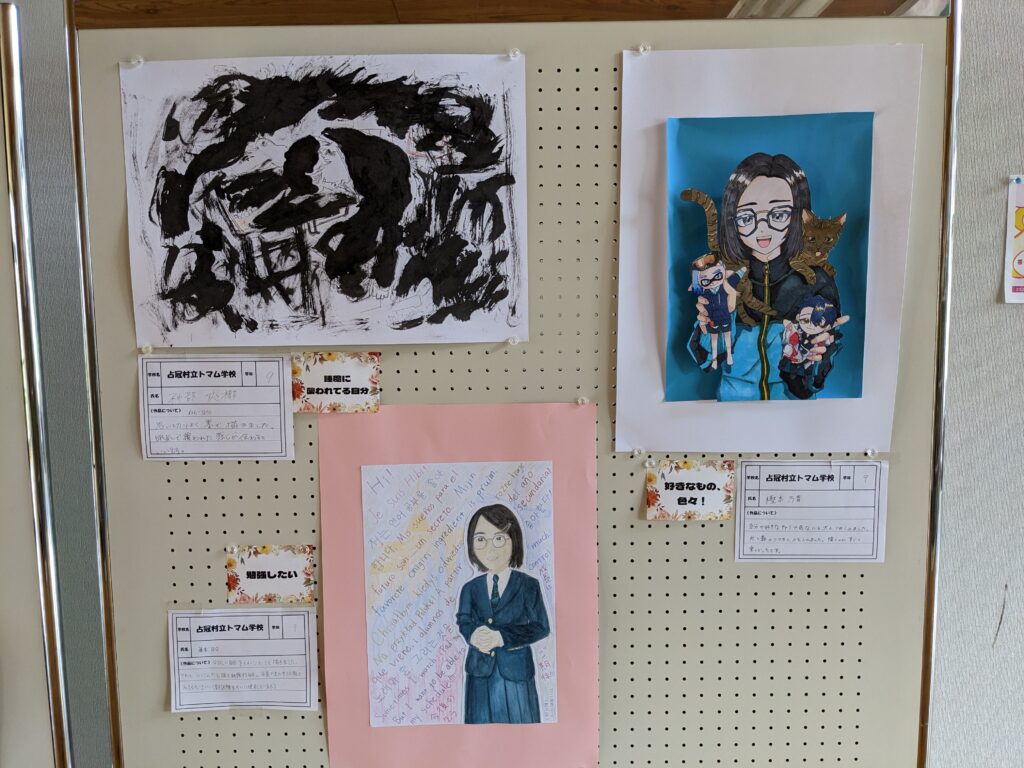


Comments are closed.